- Home
- About Us
- Services
- Treatments
- Acid Reflux
- Allergic Rhinitis
- Alcoholic Fatty Liver
- Ankylosing Spondylitis
- Anxiety / Stress
- Arthritis
- Asthma
- Cervical Spondylitis
- Celiac Infection
- Colitis
- Constipation
- Dermatitis
- Detox Programme
- Diabetes (Madhumeha)
- Hair Fall
- Headache
- Hormonal Imbalance
- Hypertension
- Insomnia
- Irritable Bowel Syndrome
- Lungs Disease
- Migraine
- Neurological Disorder
- Non Alcoholic Fatty Liver
- Obesity Management
- Pain Management
- PCOD
- PCOS
- Sciatica Pain
- Sinusitis
- Skin Disorder
- Slip Disc
- Stress Management
- Thyroid
- Weight Management
- Techno-Ayurveda
- Media
- Blog
- Contact Us
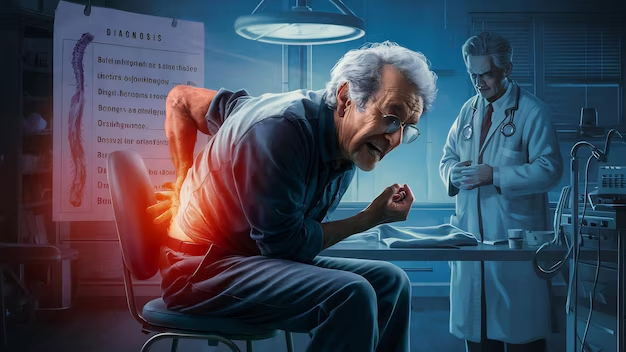
Slip Disc
Understanding Slip Disc
The spine is made up of vertebrae (the bones of the spine) and intervertebral discs that act as shock absorbers between the vertebrae. Each disc consists of:
- Annulus fibrosus: The tough outer layer.
- Nucleus pulposus: The soft, gel-like center that provides cushioning.
A slip disc occurs when the nucleus pulposus pushes through a tear or weakness in the annulus fibrosus, causing the disc to bulge or rupture. This can put pressure on the surrounding nerves, leading to pain and other symptoms.
Symptoms of Slip Disc
1. Backpain
2. Weakness in Limbs
3. Numbness or Tingling
4. Difficulty Walking
5. Radiating Pain
Common Causes of Slip Disc
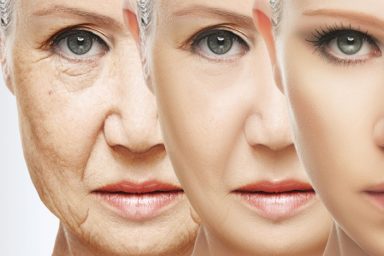
Age
As we age, spinal discs naturally lose hydration and elasticity, making them more prone to wear and tear. This degeneration increases the risk of disc herniation, where the inner disc material bulges or slips out, irritating nearby nerves.

Lifestyle Factors
Lifestyle factors such as poor posture, prolonged sitting, lack of physical activity, and improper lifting techniques can strain the spine, leading to increased pressure on discs, which may cause them to slip or herniate, resulting in pain and nerve compression.

Incorrect Posture
Incorrect posture, such as slouching or sitting for long periods with poor alignment, places excessive pressure on the spine and discs. Over time, this can lead to disc degeneration or herniation, increasing the risk of a slip disc.
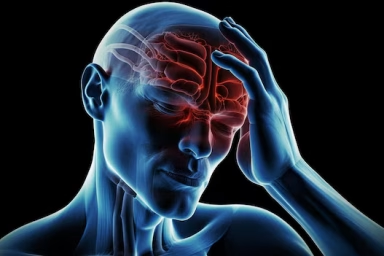
Trauma or Injury
Trauma or injury, such as a sudden fall, car accident, or lifting heavy objects incorrectly, can cause excessive pressure or impact on the spine. This can damage the intervertebral discs, leading to a slip or herniation and subsequent nerve compression.
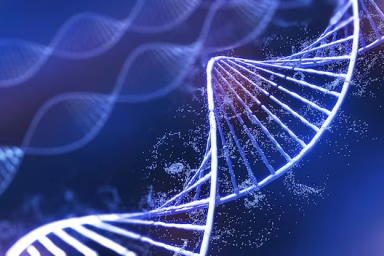
Genetic Predisposition
Genetic predisposition can play a role in the development of a slip disc. If a family member has experienced disc issues, you may inherit traits that weaken spinal discs, making them more susceptible to injury or herniation over time.
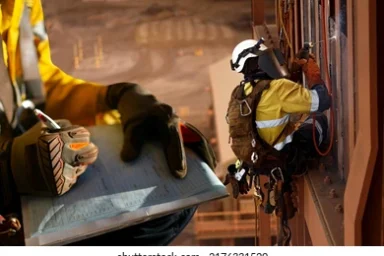
Occupational Hazards
Occupational hazards like repetitive bending, heavy lifting, prolonged sitting, or standing can place constant strain on the spine. Over time, this increases the risk of disc degeneration or injury, leading to a slip disc, especially in jobs involving physical labor.
FAQs of Slip Disc
A slip disc, also known as a herniated or prolapsed disc, occurs when the soft inner portion of a spinal disc bulges or leaks out through a tear in the outer layer. This can irritate nearby nerves, causing pain, numbness, or weakness, particularly in the back, neck, or limbs.
Symptoms of a slip disc vary depending on the location of the herniation. Common symptoms include:
- Severe back or neck pain
- Radiating pain down the arms or legs
- Numbness or tingling sensations in the affected area
- Muscle weakness
- Difficulty moving or standing
The most common causes of a slip disc include:
- Aging: As we age, spinal discs lose moisture and elasticity, increasing the risk of herniation.
- Trauma or injury: Sudden impact or lifting heavy objects improperly can lead to a disc rupture.
- Poor posture: Prolonged poor posture can put excess pressure on the spine and contribute to disc problems.
- Genetics: Some individuals may inherit a predisposition to disc issues.
A slip disc is typically diagnosed through a combination of:
- Physical examination: A doctor will assess symptoms, reflexes, and strength.
- Imaging tests: MRI or CT scans are commonly used to confirm the diagnosis and locate the herniated disc.
Treatment for a slip disc depends on the severity of the symptoms and may include:
- Conservative treatments: Rest, physical therapy, pain relievers, and anti-inflammatory medications.
- Injections: Steroid injections may be used to reduce inflammation and pain.
- Surgery: In severe cases where non-surgical treatments fail, a discectomy or spinal fusion surgery might be recommended.
